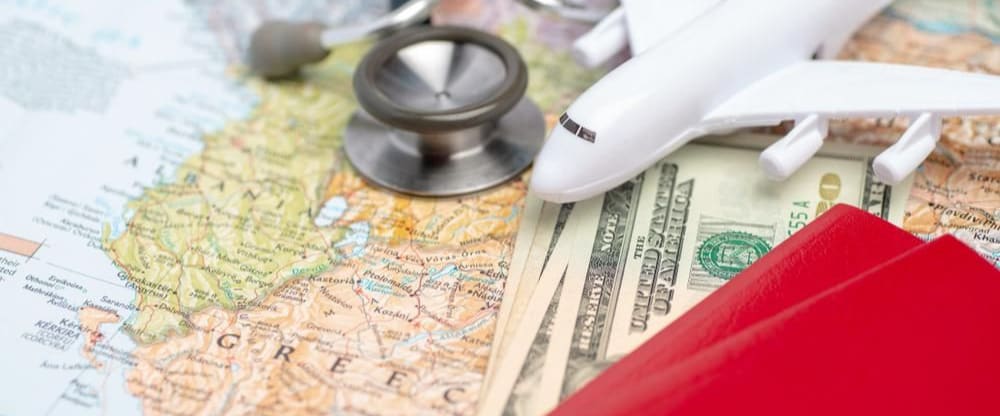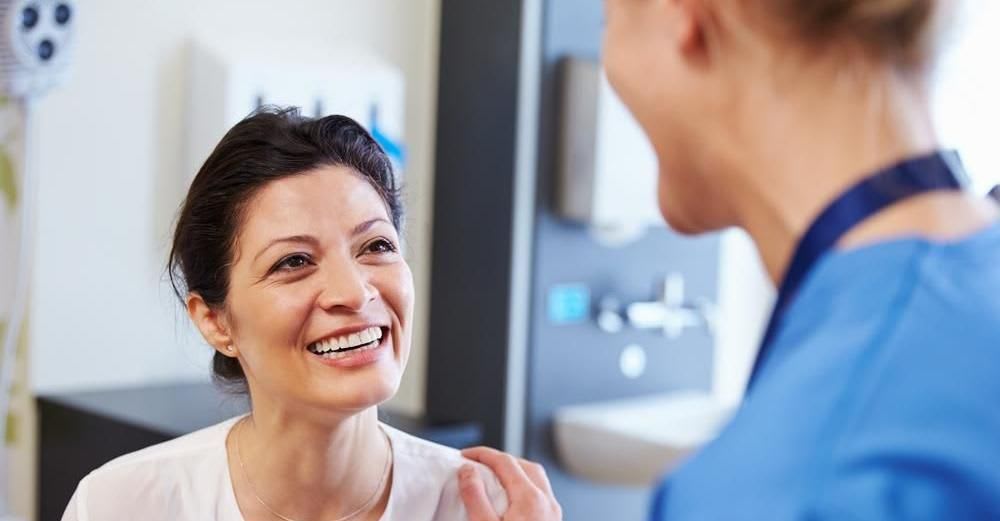Six Ways to Pay for Your Medical Degree
With a serious physician shortage looming in the near future, at least one medical school is offering free tuition to attract new students. And while all schools are endeavoring to help offset the potentially crushing burden of medical school tuition, students can also take steps to help pay for their education. Here’s a closer look at six tips for defraying your medical school costs.
- Education
- Student Tips

With a serious physician shortage looming in the near future, at least one medical school is offering free tuition to attract new students. And while all schools are endeavoring to help offset the potentially crushing burden of medical school tuition, students can also take steps to help pay for their education. Here’s a closer look at six tips for defraying your medical school costs.
1. Know the full cost of medical school.
Medical school tuition rates can vary depending on the type of school. However, they all share at least one thing in common: They can seriously add up. In fact, whether you are an in-state student at a public medical school of an out-of-state student at a private institution, you can expect to pay a lot -- and to keep paying a lot -- to attend.
In fact, according to Comet, the average medical school debt climbed from $87,297 to $195,000 between 1992 and 2017 -- a 123.4 percent increase.
Fully understanding 'the dollars and debt' of medical school can help you make the most comprehensive, realistic plan to pay for it.
2. Find money you don’t have to pay back.
The best way to trim your future debt? Avoid accumulating it in the first place. Of course, this is easier said than done. In addition to using your personal savings, certain scholarships, fellowships, grants and assistantships don’t require repayment. Finding these can help you minimize the amount you have to borrow.
And don’t forget to consider service programs, which typically involve working for a few years in exchange for your medical school tuition. For example, the US Department of Health & Human Services offers the National Health Service Corps (NHSC) Scholarship, which covers tuition, books, and living expenses for medical students specializing in osteopathic or allopathic medicine willing to work for in approved high-need areas for a designated period of time after graduation.
3. Explore federal financial aid options.
The Free Application for Federal Student Aid (FAFSA) may open the door to several federal aid programs, including Federal Direct Loans, also known as 'Stafford Loans'; Direct Graduate PLUS Loans; and Health Resources and Services Administration (HRSA) Primary Care Loans.
Learn more about financial aid for graduate school here.
4. Look into private student loans.
Even if you do have savings or other financial help, you may still not have enough to cover your complete medical school costs. Enter private loans.
Student Loan Hero recommends, “Unlike federal loans, which are regulated by the government, private student loans for medical school are issued by private lenders such as Citizens Bank or College Ave. That means the eligibility requirements, interest rates, and repayment terms can vary depending on the financial institution offering the loan...While there are fewer regulations, private loans tend to have higher borrowing caps, which could help cover all of your expenses federal aid couldn’t. They can also have lower interest rates compared to federal loans meaning you will pay less overall.”
One caveat about private loans? They offer less protection if you’re not able to pay, so make sure you’re comfortable with the terms of the loan.
5. Talk to a medical school financial advisor.
Unless you are among the very lucky few, paying for medical school involves much more than merely writing a check. While navigating this process is a challenge, you don’t have to do it alone. Medical schools have financial aid advisors who can walk you through the major questions and possible answers.
Additionally, the Association of American Medical Colleges’ (AAMC) FIRST (Financial Information, Resources, Services and Tools) program can help you proactively map out a financial plan.
6. Don’t forget to factor in loan forgiveness.
Thinking of working in public service? You may qualify for the Public Service Loan Forgiveness (PSLF) program. This federal program is designed to forgive the debt of employees in specific fields of work, including certain public and nonprofit jobs.
Even if you don’t end up working in public service, there are other ways to have your medical school loans wiped away, including physician signing bonuses of up to $100,000, according to HealthLeaders.
One last thing to keep in mind? While finding the funds to pay for medical school can be a challenge, there’s plenty of future financial incentive to do so: On the Bureau of Labor Statistics’ roundup of the highest paying occupations, medical careers earn the top 10 spots.

Joanna Hughes
Author
Joanna worked in higher education administration for many years at a leading research institution before becoming a full-time freelance writer. She lives in the beautiful White Mountains region of New Hampshire with her family.
Find a program in these categories
Read related articles

What You Should Know If You Want To Practice Medicine Abroad

Five Countries to Choose for Nursing Degrees
